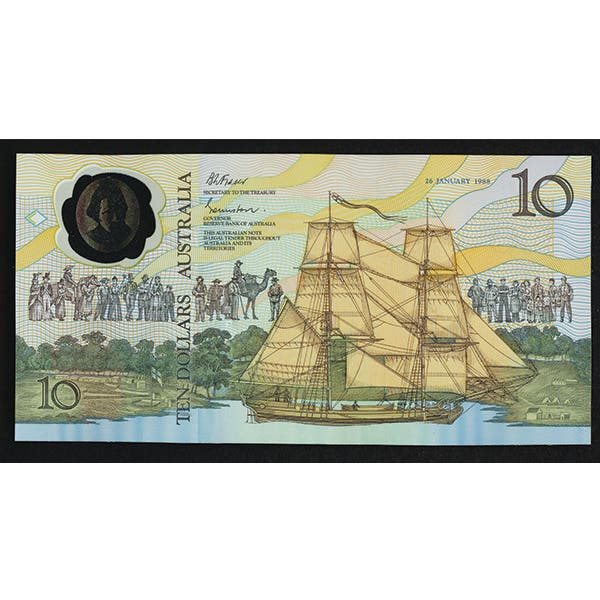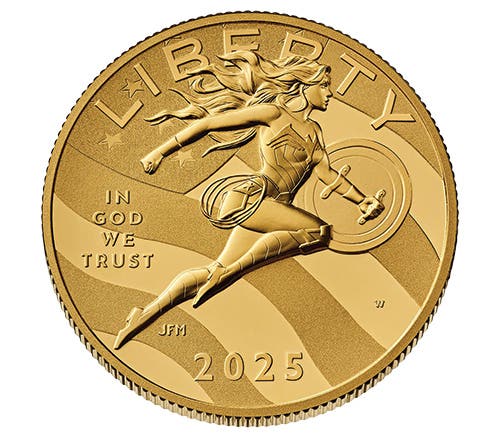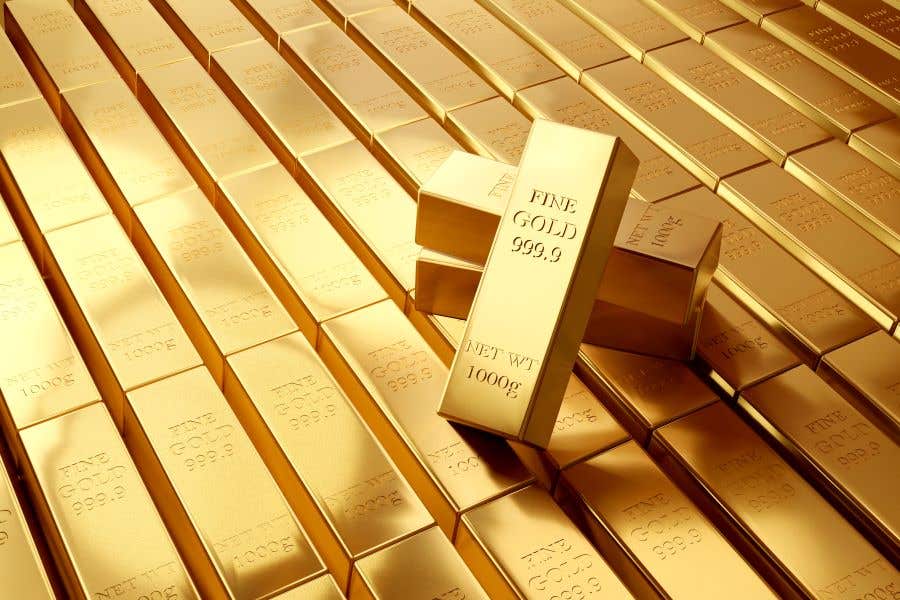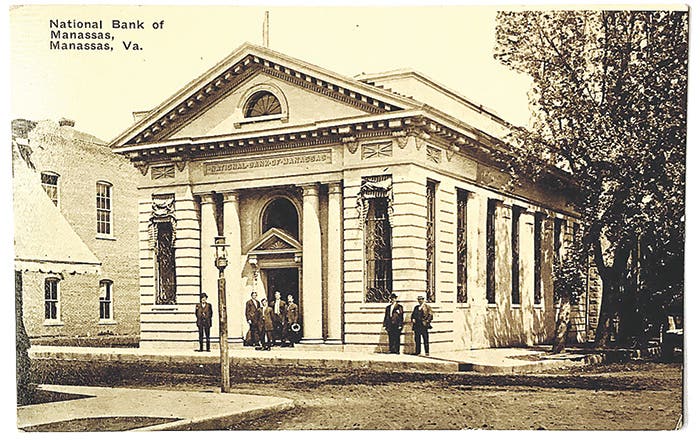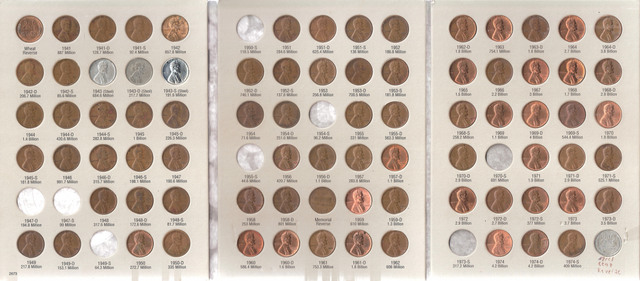Coins or Bank Notes: These Rarities Are Not the Same
Bank notes are gaining ground in the Numismatic world despite their “stepchild” status.
Coins and bank notes are two of the major sectors of what is usually classified as being numismatic. The question often arises of whether they are equal partners in the eyes of the collector. Since coins were invented before paper money and its equivalents, bank note collecting is sometimes viewed as a collectible stepchild to coins.
One handicap bank note collectors face is that the value of this form of currency is not going to be impacted by intrinsic value, as can be coins. Should the hobby of bank note collecting be considered ragpicking, or should that designation be left to philatelists?
I consider ragpicking to be a philatelic term for those people collecting stamps canceled but still on envelopes. Bank note collecting is still in its infancy. It is not a stepchild to coins. Values likely have a long way to go when you consider comparing rarity to prices for notes, then look at the value of U.S. coins of the same rarity.
A good example of the performance of bank note sales is the recent Heritage Auctions Long Beach sale. Another is the results of the Sept. 1 online colonial era note sale. An April 11, 1778, $4 Yorktown Continental Currency note (Friedberg CC71) in Very Fine 35 sold for $24,000. This was $18,000 higher than a VF25 example that sold in February. A Jan. 14, 1779, $80 Continental Currency note (Fr CC102) in About Uncirculated 53 sold for $4,680. A sister note in PCGS Superb Gem 66 realized $4,312 in 2012, while a March 20, 1771, 20 shilling (Fr PA149) in AU55 gained $1,000 from the last time it sold three years earlier, this time selling for $3,600.
Scarce to rare coins continue to sell at record prices, but notes of similar scarcity still sell for significantly lower prices. Coin prices remain healthy, but note prices continue to be a great buy.
You may also like:




